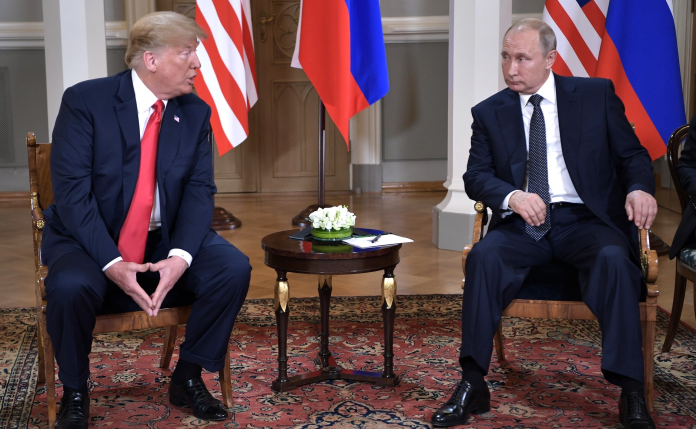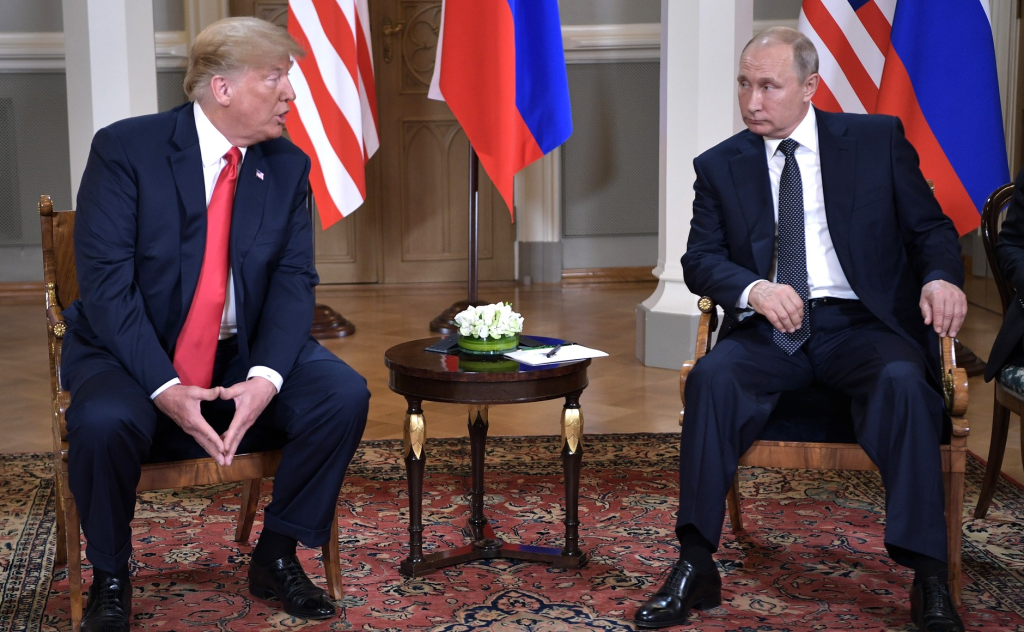
In the looming threat of a possible Trump-negotiated agreement that can re-delineate Ukraine’s borders without its approval, European leaders are faced with the harsh reality: the security of the continent can in the near future depend on its own military and industrial capabilities. The concern is more than rhetorical. The Kiel Institute points out that the continental land force production needs to increase at least by 300 percent or up to 600 percent to catch up with current Russian production. To such a degree of acceleration, it does not require merely the political will but an overhaul of Europe’s defence production base.
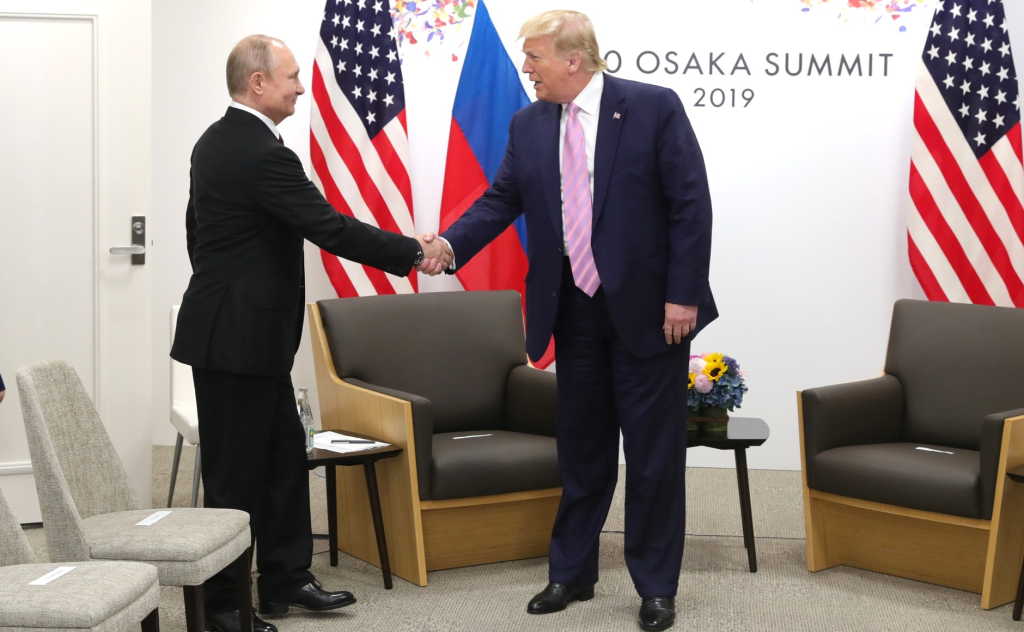
1. The Strategic Shock of a Trump-Putin Summit
The report that Vladimir Putin and Donald Trump were to meet in Alaska at the possible price of bypassing Volodymyr Zelensky has confirmed the rumour that Washington can accept Ukrainian territorial concessions. European leaders from Germany, Italy, Finland, Poland, and the United Kingdom have re-stated that “international borders can’t be modified with violence” and that “the current contact line needs to become the reference point for the negotiations.” Such pronouncements are however only ever likely to mean anything in practice if Europe can and will support diplomacy with force.
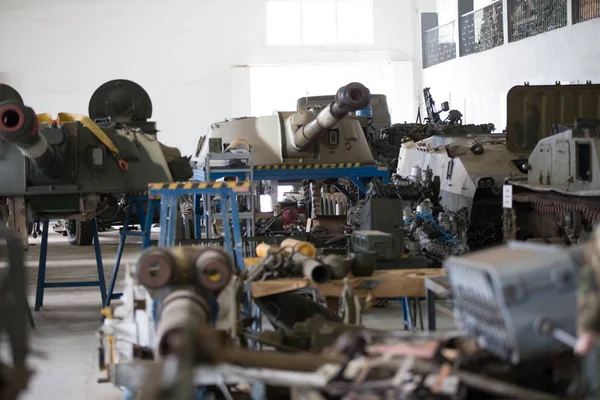
2. Russia’s War Economy versus Europe’s Peacetime Rhythm
Russia spends 7–8% of GDP on defence and maintaining its armoury plants at maximum round-the-clock activity. By contrast, some European plants are operating at below maximum due to low orders and insufficient funds. Rheinmetall, Germany’s second-largest defence producer, announced in 2023 that it was producing shells at only two-thirds capacity. Even the EU missed its target shipping one million artillery shells to Ukraine by March 2024 and was forced to procure ammo from outside the bloc such as Serbia.

3. Divergent Poland and Germany Acceleration Models
Poland’s defence expenditure surged from 2022’s 2.7% of the GDP to an expected 4.7% in 2025, with an extra-budgetary Armed Forces Support Fund covering rapid procurements. The outcome has been emergency procurements like K2 Black Panther tanks and FA-50s, and the incorporation of technology transfer deals in the aim of building local manufacturing capabilities. Germany, off a smaller base, created a €100 billion special fund in the year 2022 and subsequently approved no less than 97 major acquisitions costing €45 billion in the year 2024, including in F-35A fighter procurements and an €8.5 billion Rheinmetall munitions contract. Berlin now considers raising defence spending from its current level to 3.5% of the GDP.

4. The Industrial Bottleneck: Orders, Finance, and Co-ordination
The European Investment Bank’s new guidelines now permit financing dual-use goods and SMEs in defence industries but remain against core defence munitions manufacturing. Industrial captains have been categorical: “Place orders and we will produce more,” Josep Borrell reported them saying. Manufacturers cannot justify expanding production lines and procuring raw material in large scale without timed, multi-year procurements orders.
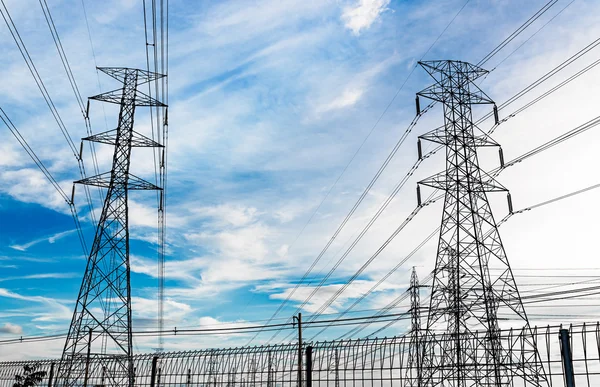
5. Infrastructure as a Force Multiplier
War preparedness is more than weaponry. The EU’s synchronization of Ukraine’s and Moldova’s grids with ENTSO-E has almost doubled Ukraine’s European electricity imports, offsetting Russian attacks on its grid. Capacity, however, is limited by available interconnectors. Analogously, the export “solidarity lanes” are plagued chronically with border crossing bottlenecks were outdated bridges and narrow access roads retard military and commercial shipments alike. Strategic mobility upgraded bridges, widened roads, bettered rail is behind budget due to the fact that such investments rarely satisfy peacetime economic criteria for EU funding.

6. In Defence of a European Defence Production Act
Commentators call for an EU version of the US Defence Production Act (DPA), which since 1950 has enabled Washington to direct industrial production towards military and civilian emergencies from hypersonic missile R&D through COVID-19 ventilator assembly. An EU Defence Production Act could hurry the assembly of artillery shells, border infrastructure upgrades, or cybersecurity defence projects, border infrastructure upgrades, or cybersecurity defence projects with orders, capital, and raw material procurements among member states aligned. Without some such tool, Europe’s own effort shall remain piecemeal and glacial.
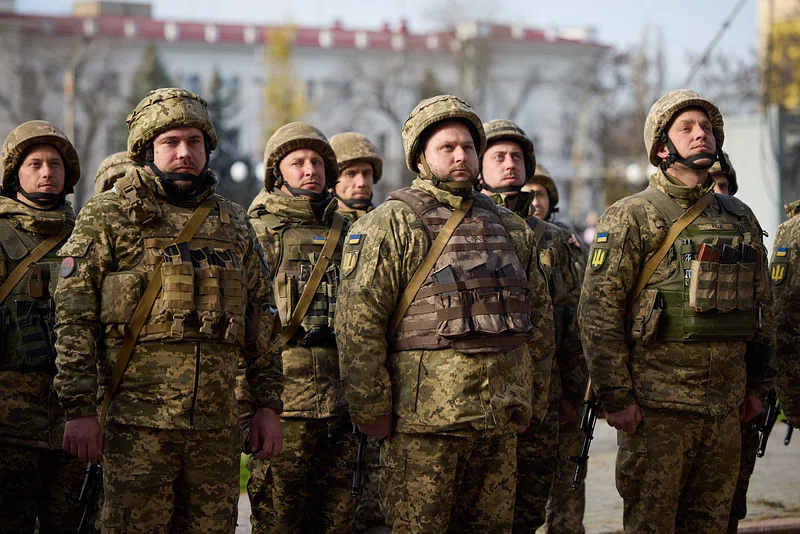
7. Public Opinion and the Conscription Gap
Even when defence expenditures are growing, social mobilisation lags behind. ECFR surveys yield a slim 27% among those aged 18-29 in favour of compulsory military service, with wider approval in France (62%), Germany (53%), and Poland (51%). Such hesitation among the young generation prevents force building from accelerating quickly, although frontline countries like Finland still have the potential in extremis to mobilise up to 900,000 trained men.

8. Hybrid Threats and the Imperative for Wartime Mentality
Apart from traditional warfare, the continent confronts the threat of hybrid aggression: attacks on key infrastructure, cyberattacks, disinformation, and migration used as a weapon. NATO Secretary General Mark Rutte called upon the allies to move towards a “wartime mentality and turbo charge our defence industry and defence investments.” It needs more than increased budgets but also pre-validated procedures for emergencies, industry priority-ordering mechanisms, and laws allowing swift re-purposing of funds.

9. From Flow to Stock: Constructing Strategic Stocks
Switching from just-in-time purchasing to stockpiling essential material and parts is in progress in some capitals. France and the United Kingdom are rationalising purchases; Poland demands that at least 50% of modernisation spending should go towards domestically manufactured products; Germany enacts defence spending above the threshold of 1% of GDP exempt from debt limits. Such national moves, however, without coordination at the EU-wide level, can risk leaving cross-border projects frozen in incompatible rules and timelines. Europe’s leaders have a closing window.
To match the Russian war economy will cost money but also will involve the engineering of a continental infrastructure capable of producing, moving and maintaining military and dual-use capabilities at pace. The alternative is to remain, according to the Kiel Institute, the least prepared in a world that is anything but safe.
